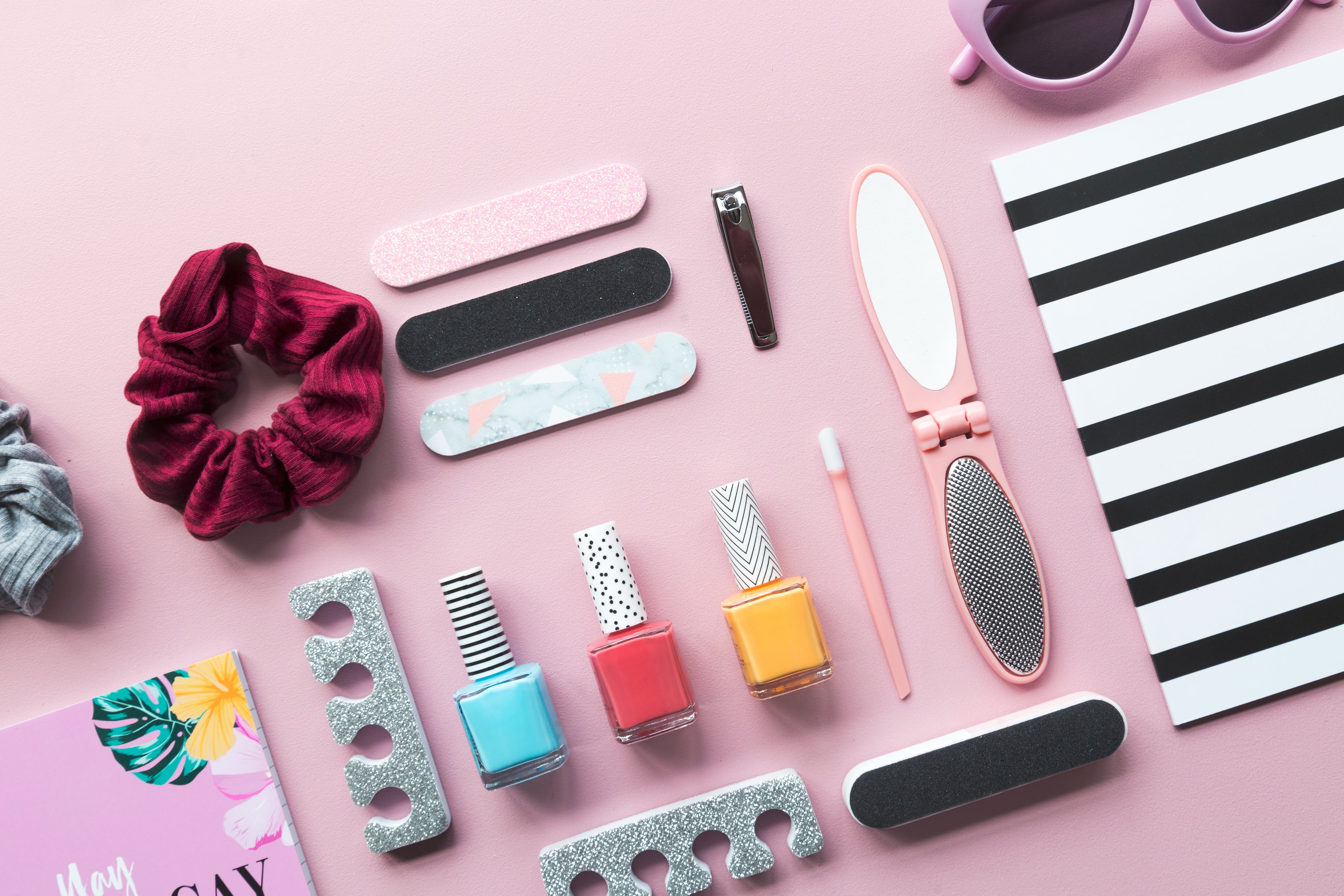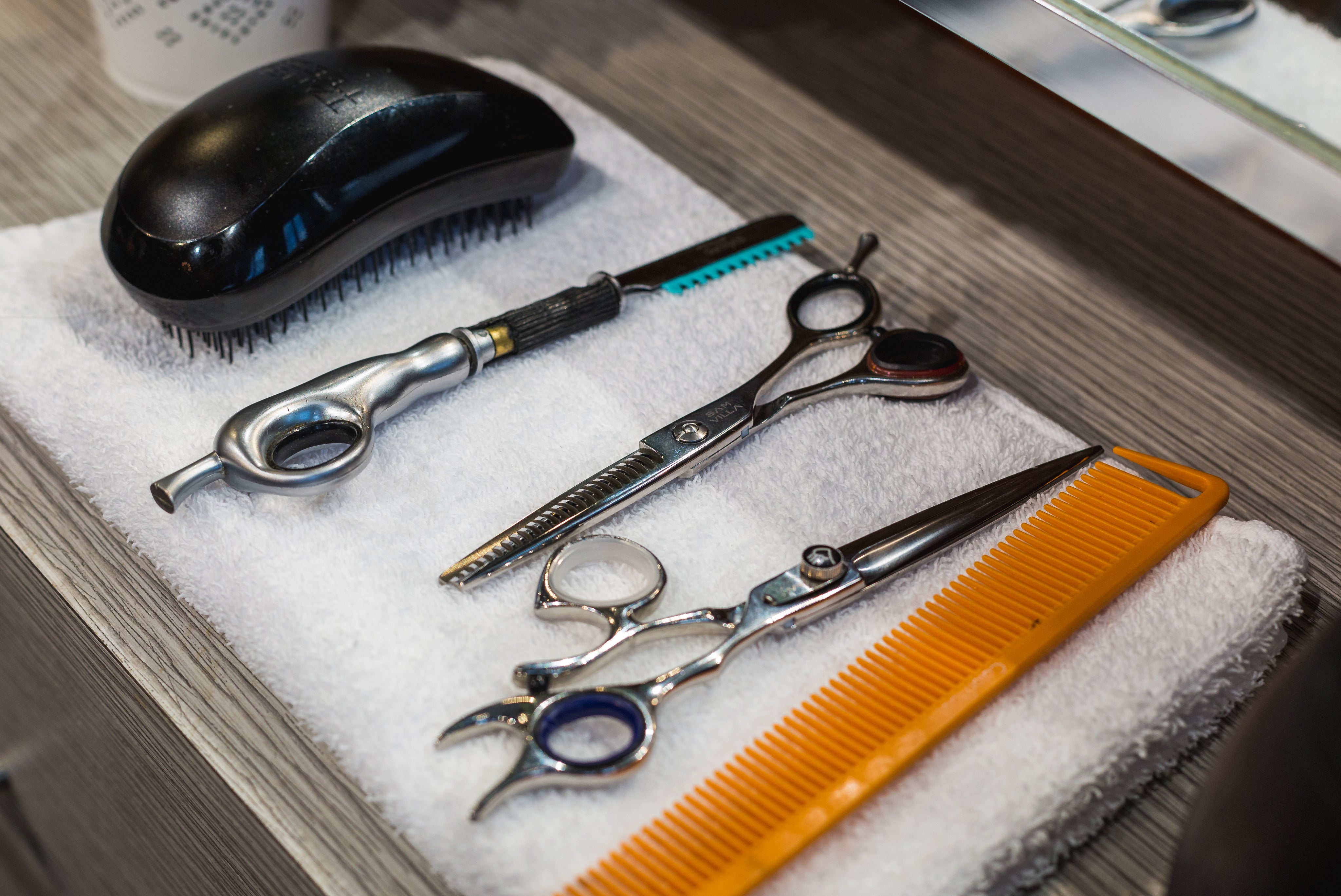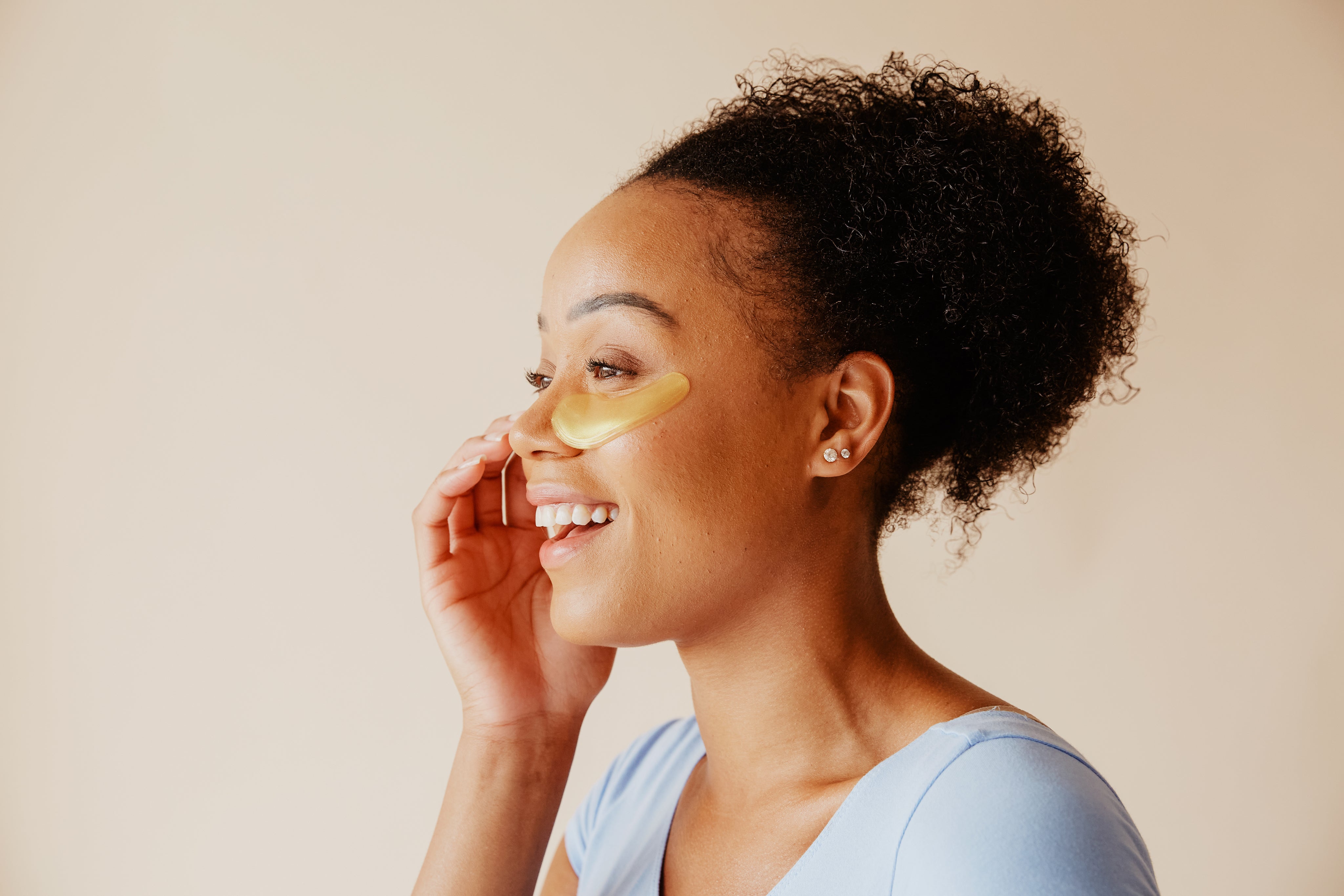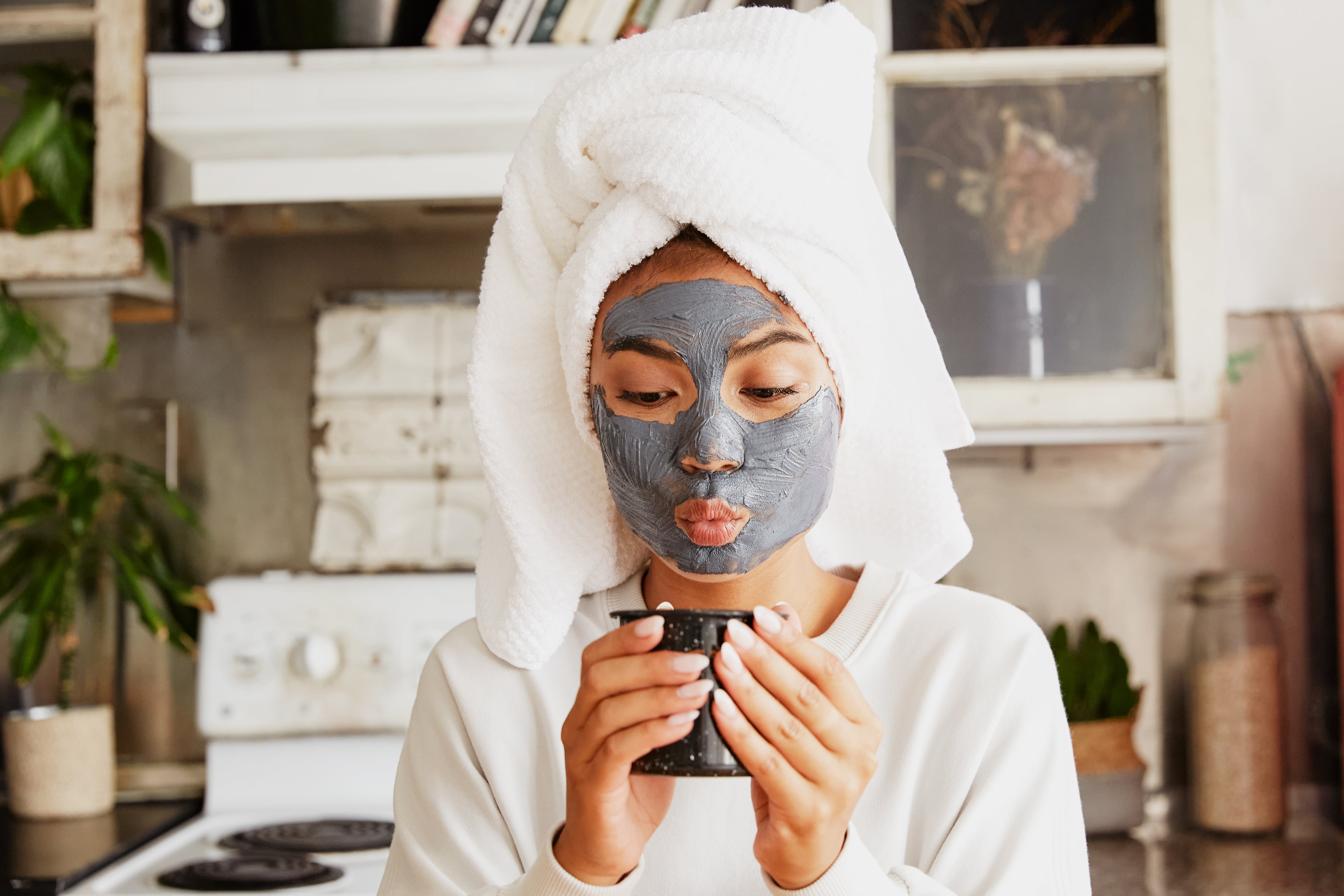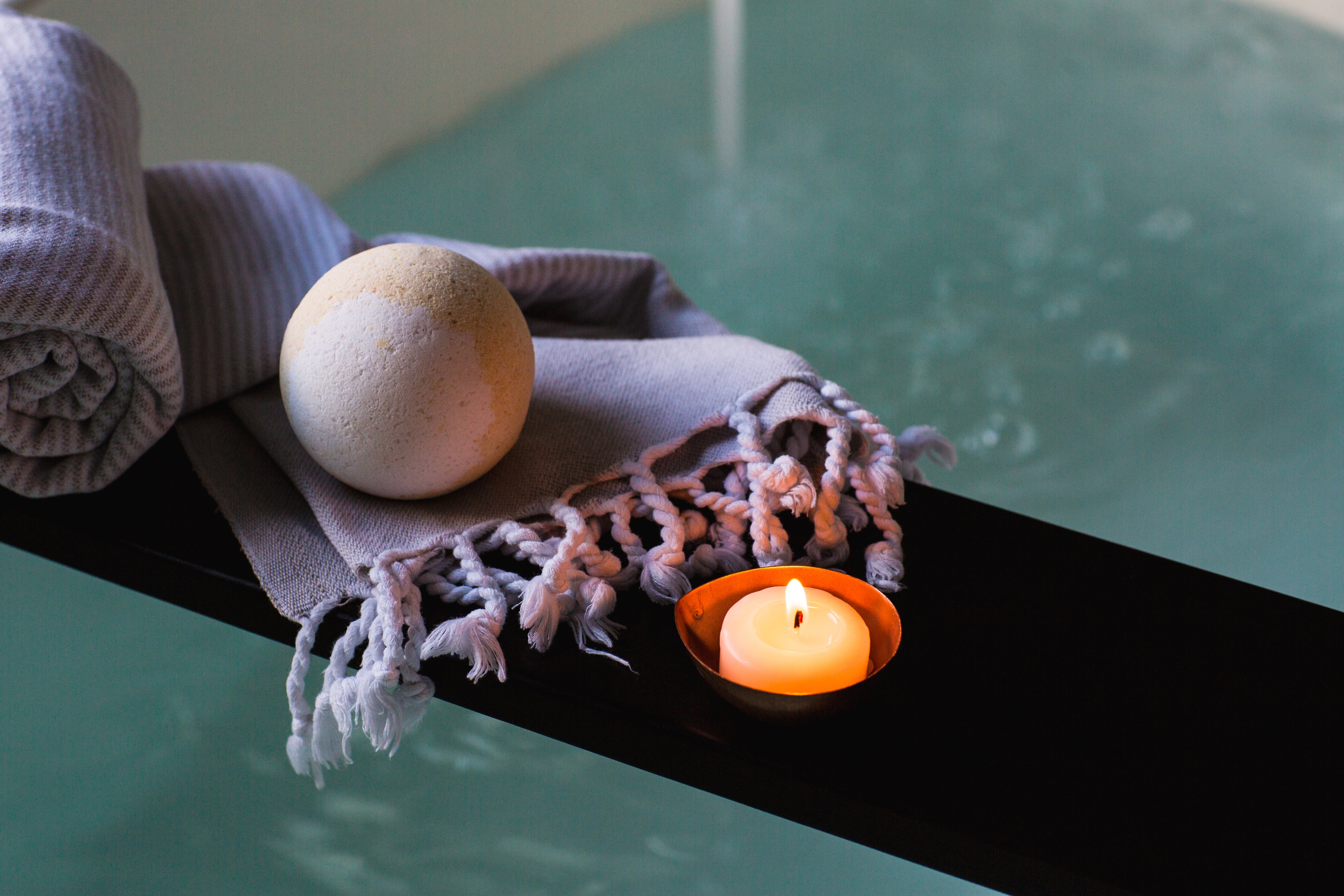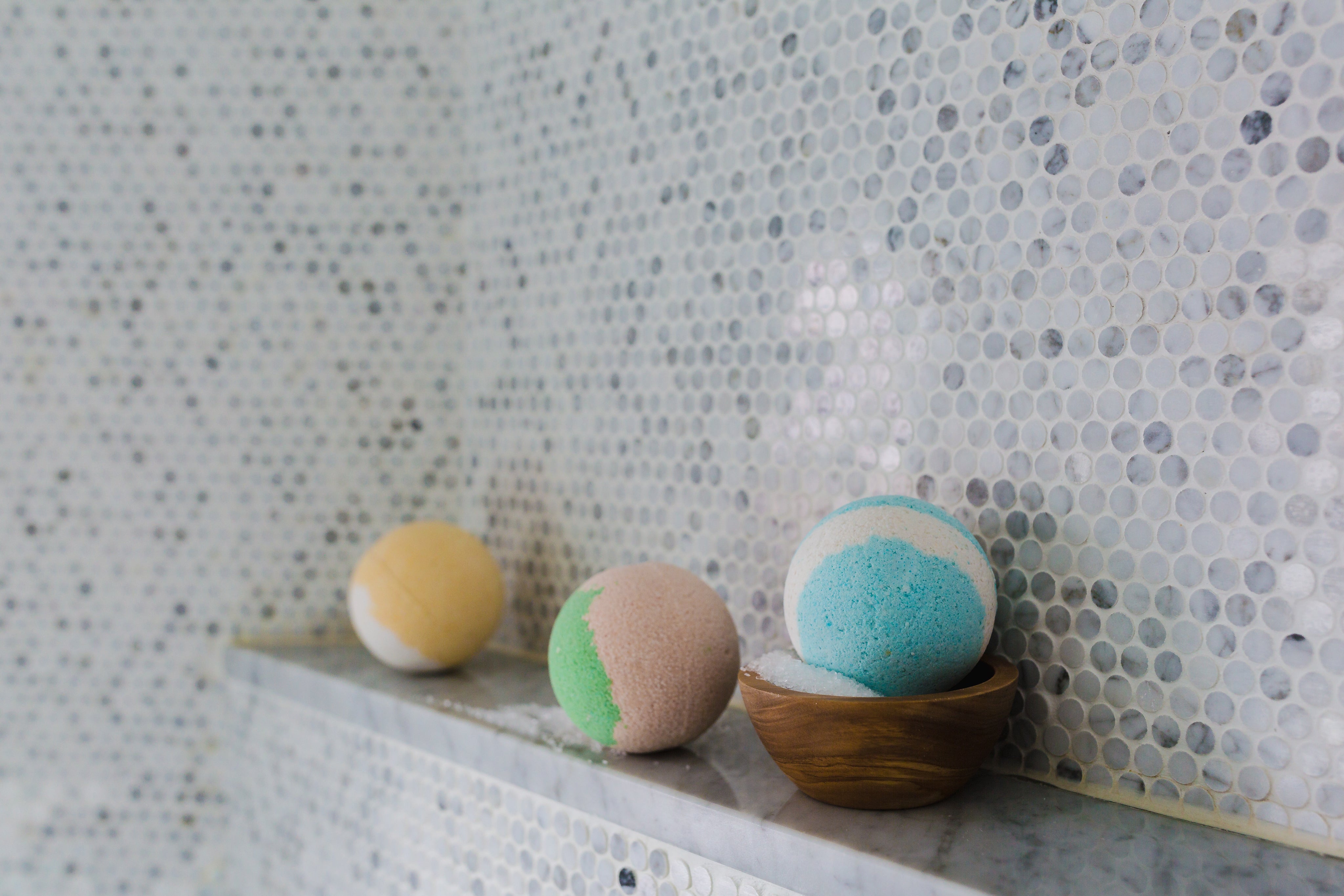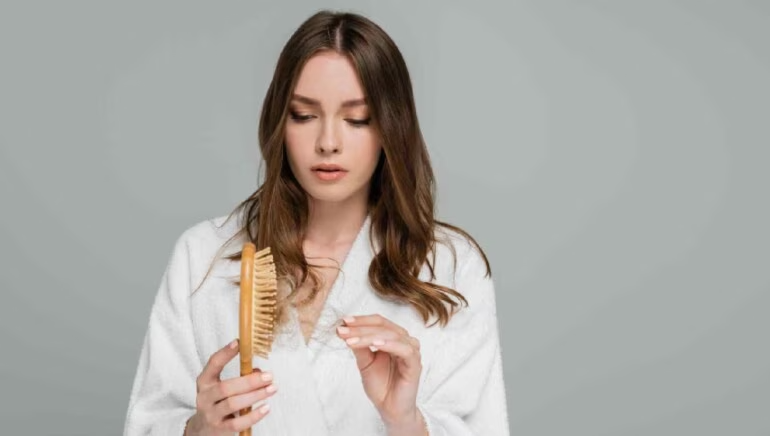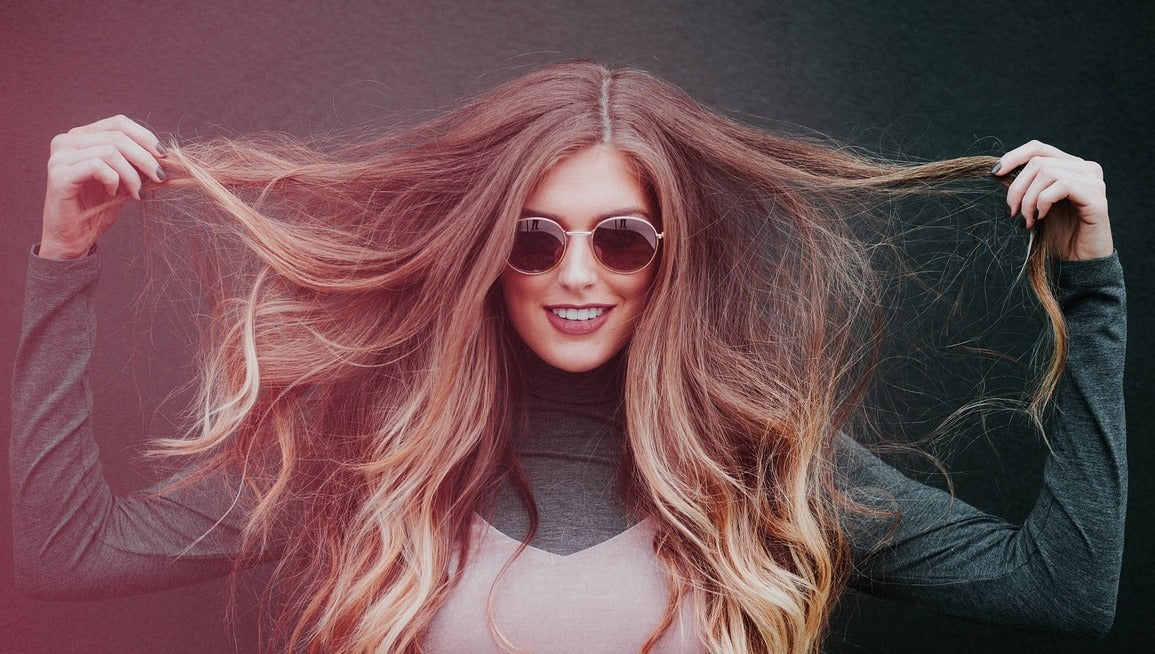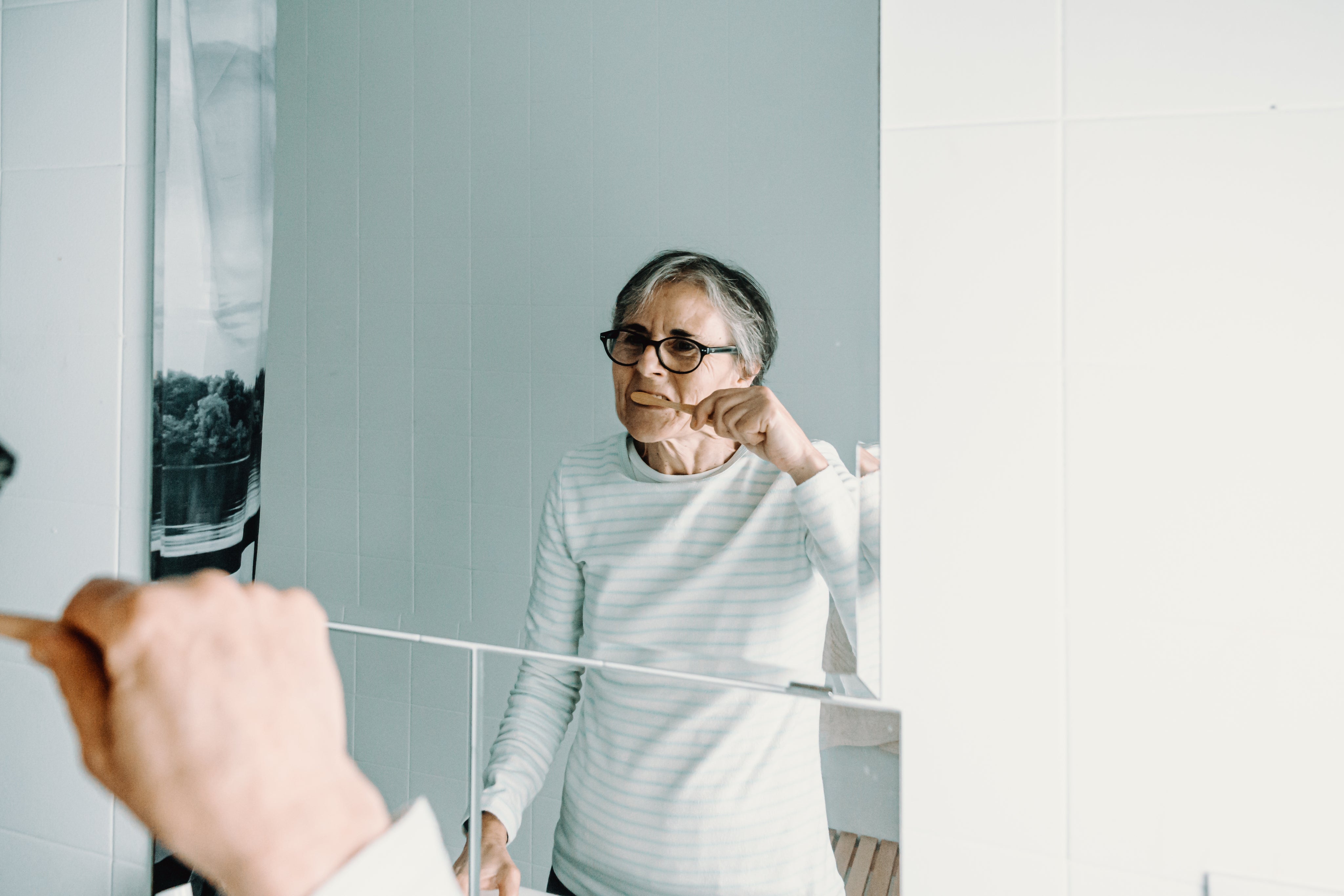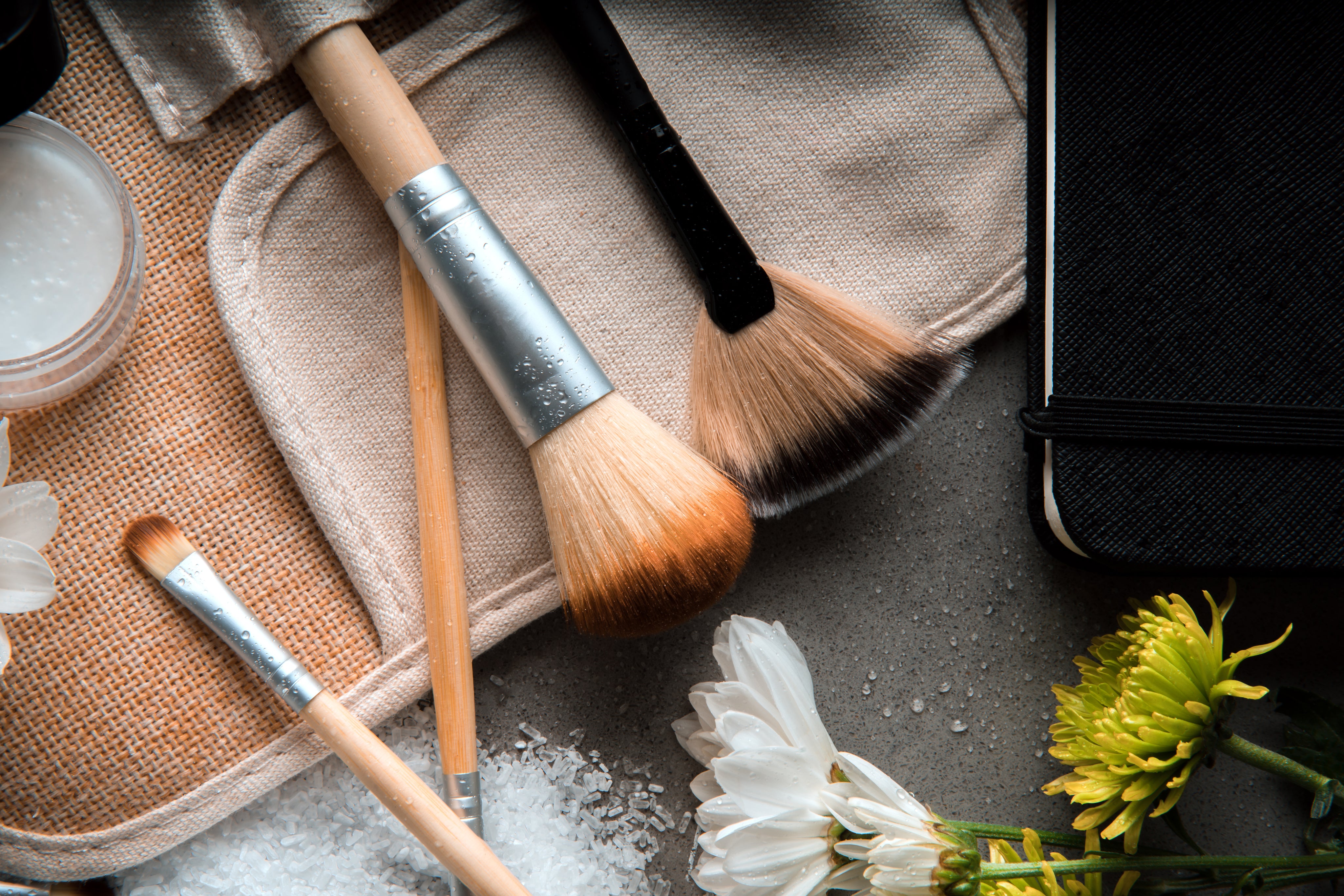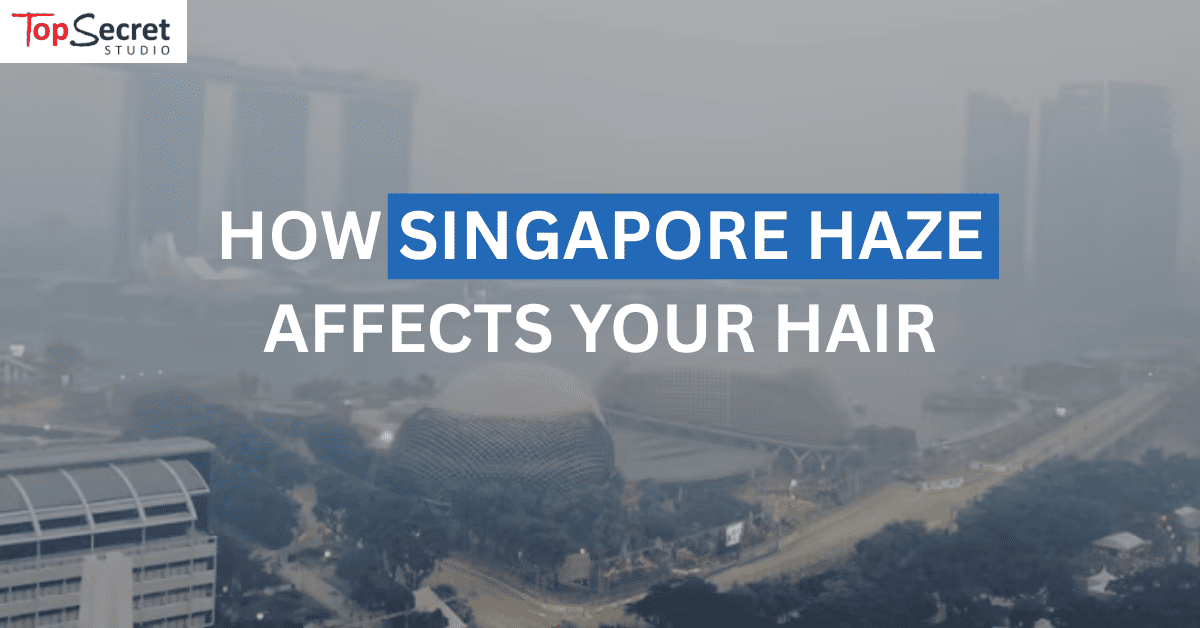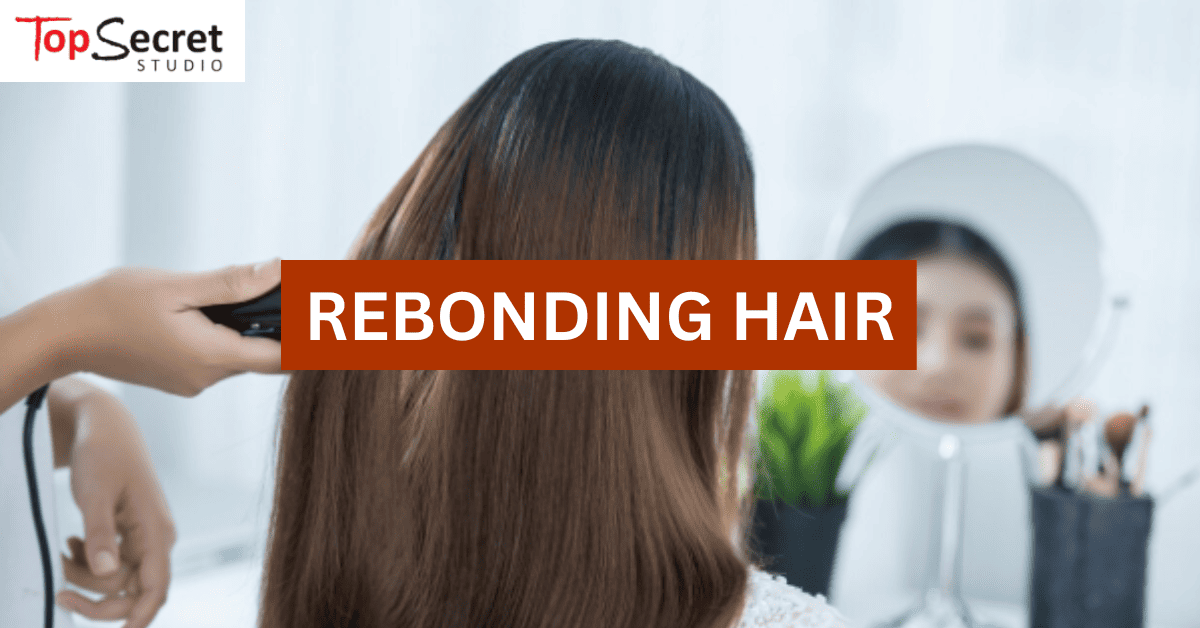
Rebonding Hair: Pros, Cons, and Care Tips Explained
Hair rebonding remains one of the most popular permanent hair straightening methods in Southeast Asia, especially among those struggling with thick, coarse, or frizzy hair.
Professional salons in Singapore and across the causeway deliver dramatic transformations and hair straight magic and yet being well-informed before booking your next salon appointment is crucial because hair rebonding is permanent.
Today, Top Secret will break down the benefits, disadvantages, and hair care maintenance tips you need to know before committing to the process. We will also go through what hair type is suitable for rebonding and who shouldn’t.
What Is Hair Rebonding?
Hair rebonding is a chemical straightening process that restructures the natural bonds in your hair to make it permanently straight.
This involves three main steps:
- A chemical relaxant breaks the natural bonds in the hair
- A flat iron is used to lock in the straight structure
- A neutraliser reforms the bonds in their new, straight position
The results? Sleek, pin-straight hair that lasts up to a year, depending on regrowth and aftercare.
“Rebonding is ideal for those who want a straight, uniform look without daily heat styling.” - Michelle, Top Secret Hair Fashionista.
Who Is Hair Rebonding For?
Hair rebonding is best suited for individuals who:
- Have naturally curly, coarse, or wavy hair that is difficult to manage
- Prefer sleek, pin-straight hair over natural texture or volume
- Want a long-lasting solution that reduces the need for daily heat styling
- Are willing to commit to proper aftercare and regular touch-ups
It is particularly popular among:
- People with frizzy or puffy hair living in humid climates
- Working professionals seeking a low-maintenance hair wash routine
- Those preparing for events or seasons where polished hair is preferred ( weddings, travel)
“Rebonding is not ideal for those who frequently change hairstyles, want to preserve curl patterns, or have compromised hair due to bleaching or chemical damage.”
Benefits of Hair Rebonding
Long-Lasting Results: Hair rebonding keeps your hair straight for 6 to 12 months, offering consistent results even in humid weather. With proper aftercare, the sleekness and shape hold well beyond traditional styling methods.
Time-Saving Routine: Rebonded hair requires far less daily effort. No flat irons, no detangling, and no frizz-fighting products. You can air-dry your hair and still walk out with a clean, polished finish. Really good for busy morning routines.
Effective on Thick or Curly Hair: The treatment restructures stubborn hair types like coarse, curly, or wavy textures into smooth, manageable strands. It’s particularly suitable for people who find their natural hair difficult to control.
Frizz-Free, Glossy Finish: Frizz is significantly reduced, and your hair gets a glossy, healthy-looking sheen. The polished look mimics the effect of a salon blowout, without the need to style it daily.
Disadvantages of Hair Rebonding
Permanent Texture Change: Once hair is rebonded, your natural texture won’t return until new hair grows out. This limits your ability to experiment with curls or volume for months.
Risk of Damage: The combination of chemicals and high heat can weaken hair, especially if it’s already coloured, bleached, or fine. Without proper care, it may lead to dryness or breakage.
High Initial Investment: Treatment prices typically range from $180–$450 in Singapore. While it may save time later, the upfront cost is considerable.
Noticeable Regrowth Contrast: As new hair grows in, it creates a visible difference between natural roots and straightened lengths. Regular touch-ups are needed to maintain a uniform look.
“Rebonding is not recommended for bleached, severely damaged, or heavily layered hair.” Tiong, Senior Stylist at REDS hair salon.
Hair Rebonding Table Suitability by Hair Type
|
Hair Type |
Suitability for Rebonding |
Notes |
|
Straight |
Not recommended |
No need for straightening, may cause unnecessary damage. |
|
Wavy |
Suitable |
Produces sleek, manageable finish, minimal volume left. |
|
Curly |
Highly suitable |
Provides full straightening but requires strong aftercare. |
|
Coily/Kinky |
Use with caution |
May result in breakage if not properly assessed first. |
|
Bleached/Coloured |
Not recommended |
Higher risk of breakage and uneven texture. |
|
Fine/Thin Hair |
Use with caution |
May become limp or overly flat after treatment. |
|
Thick/Coarse Hair |
Very suitable |
Delivers best results, often recommended for this type. |
Always request a consultation and strand test before rebonding.
Post-Rebonding Hair Care Tips
1. No Washing or Styling for 72 Hours
Give your hair time to stabilise and hold its new shape. Avoid getting it wet, sweating excessively, or even tucking it behind your ears. Any movement or moisture during this period can affect the final outcome.
2. Use Sulfate-Free Products
Opt for a gentle shampoo and conditioner free from sulfates and parabens. These ingredients can strip moisture and damage newly treated hair, making it more prone to dryness and breakage.
3. Avoid Heat Styling
Flat irons, curling wands, and even frequent blow drying can weaken the chemical bonds that were just reset. Stick to air-drying and gentle handling for at least a few weeks post-treatment.
4. Deep Condition Weekly
Incorporate a rich hair mask or oil treatment into your routine to replenish lost moisture. Ingredients like shea butter, argan oil, or coconut oil can restore elasticity and shine.
5. Schedule Touch-Ups Every 4–6 Months
As your roots grow out, the difference between new and rebonded hair becomes more visible. Touch-ups help blend textures and maintain a smooth, consistent look from root to tip.
Bonus Tip: Use a silk pillowcase to reduce friction and prevent hair breakage while you sleep.
Should You Rebond at Home or in a Salon?
While DIY kits are available, professional rebonding is strongly recommended.
Salons use high-quality products and can adjust formulas based on your hair condition. Incorrect timing or application at home can lead to irreversible damage.
For peace of mind and better results, invest in a reputable salons either in Singapore or hair salon JB.
Maintain Your Rebonded Hair with Good Hair Shampoo
Using the right shampoo after rebonding is crucial to maintain your hair's smoothness, strength, and shine. Look for sulfate-free, moisturising shampoos specifically formulated for chemically treated hair.
Key ingredients to look for:
- Keratin: Replenishes the protein structure weakened by rebonding.
- Argan oil or jojoba oil: Adds hydration and shine without weighing hair down.
- Panthenol (Vitamin B5): Improves softness and elasticity.
Avoid:
- Sulfates and parabens
- Clarifying or deep-cleansing shampoos that strip moisture
A salon-recommended shampoo like Shiseido Professional Sleekliner or L'Oréal Serie Expert Pro-Keratin is ideal for rebonded hair.
For the best hair shampoo for hair rebonding, explore our curated options at our hair product collection designed to protect and nourish straightened strands.
Conclusion: Don't Rush on Hair Rebonding
Hair rebonding is a powerful treatment that delivers sleek, frizz-free results, perfect for those who want a low-maintenance, polished look that lasts.
But it’s not a decision to rush. Like any chemical treatment, it comes with long-term considerations and aftercare responsibilities.
At Top Secret, offer aftercare products specially selected to preserve your results, protect your strands, and keep your hair looking its best well beyond the salon chair. So once you get your hair straightened and fabulous, make sure to give your hair a proper nourishment.
Frequently Asked Questions About Rebonding Hair
How Long Does Rebonding Last?
Usually 6 to 12 months, depending on hair growth and maintenance.
Can I Colour My Hair After Rebonding?
Yes, but wait 2–3 weeks. Always do a strand test first.
Is Rebonding Safe For Bleached Hair?
No. It's too harsh and can cause severe breakage.
Can I Rebond My Hair At Home?
Not recommended unless you have prior experience and professional-grade products.
What’s The Difference Between Rebonding And Keratin Treatment?
Rebonding is permanent straightening; keratin smooths frizz but doesn’t fully straighten.
How Often Should I Touch Up Rebonded Hair?
Every 4–6 months depending on root regrowth.

